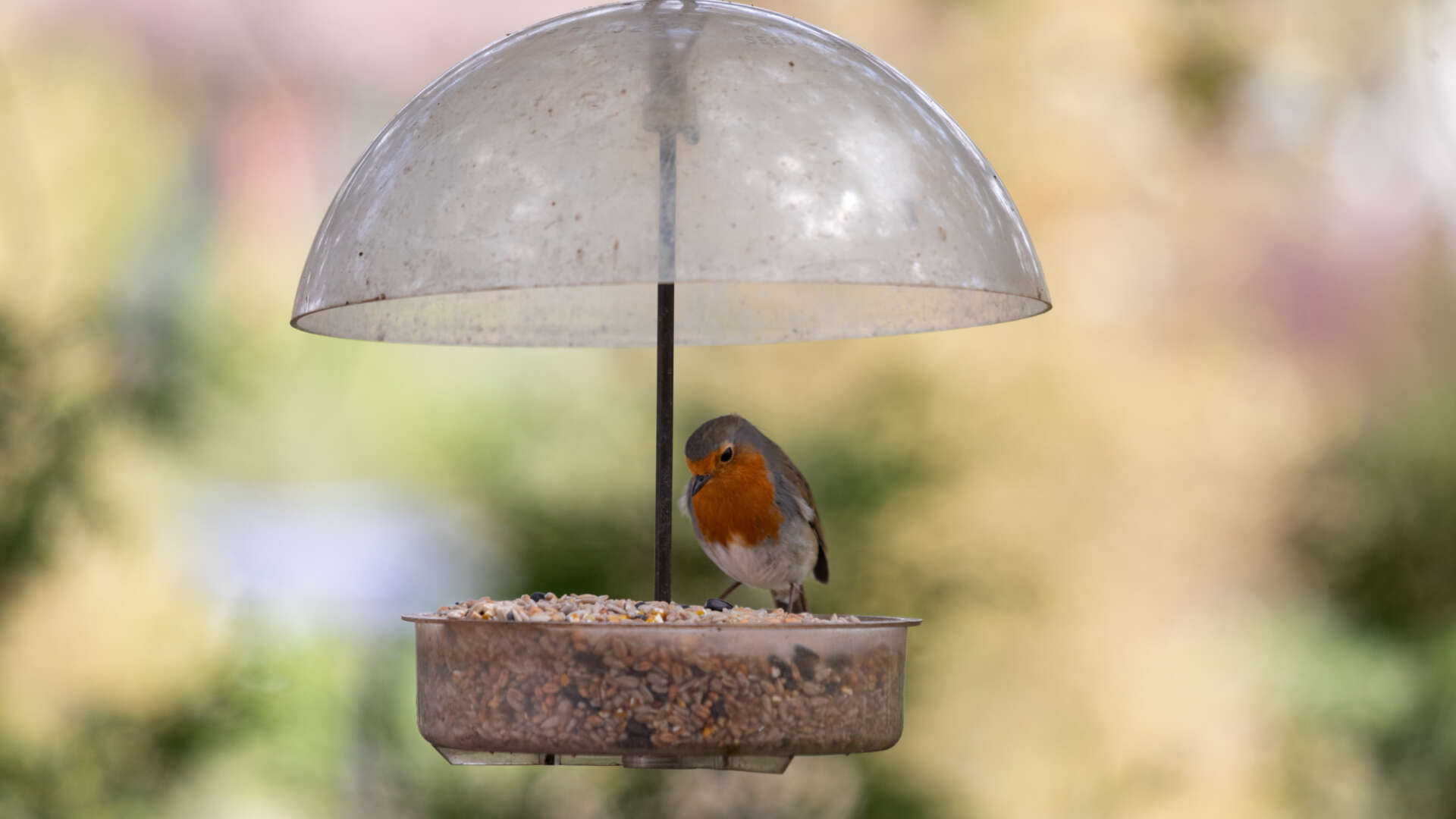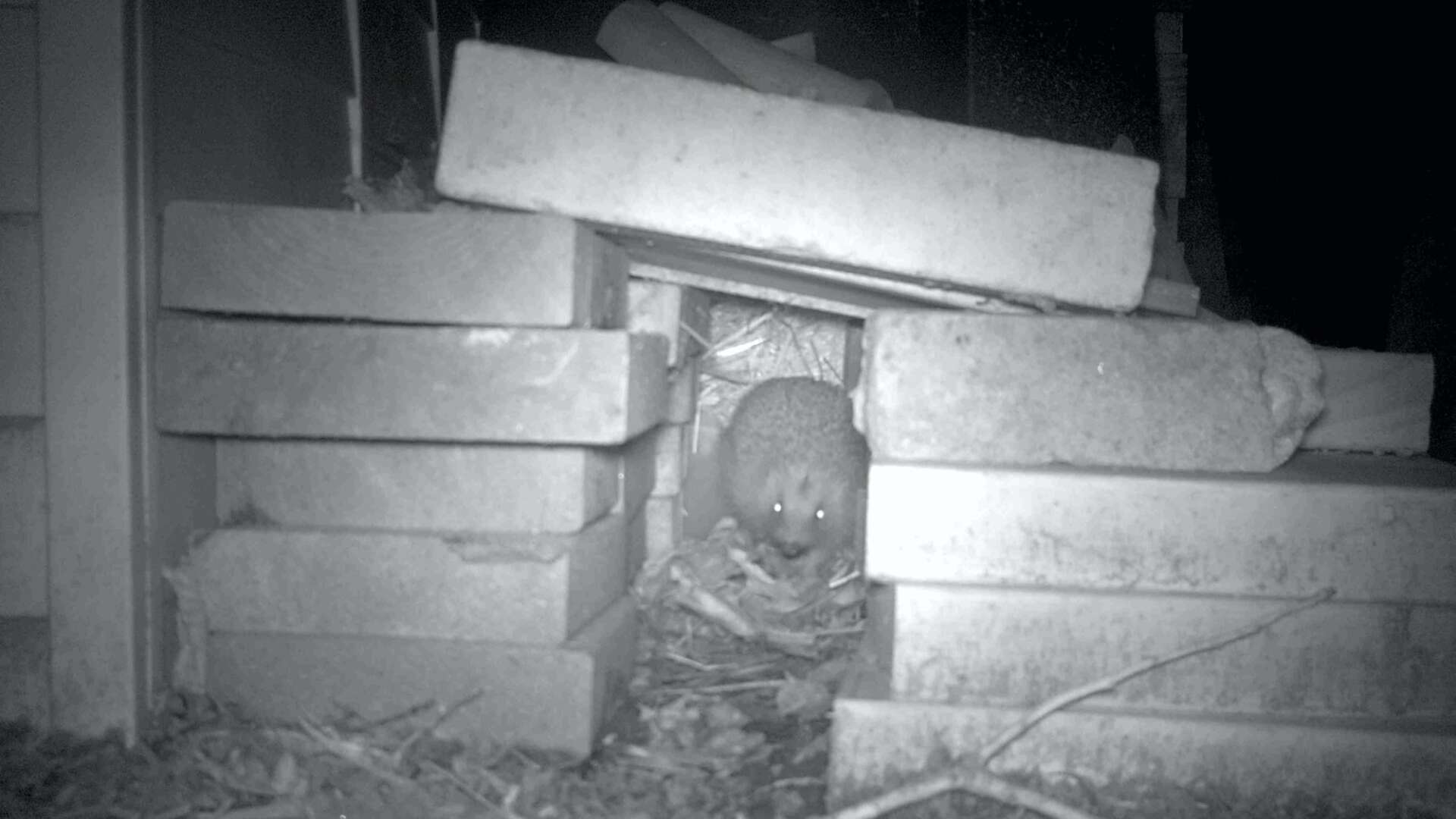Chris Collins on…late winter wildlife

February can be a strange month. It feels like winter has been going on for an age, and we’re all most definitely anticipating the spring. But it’s important not to get ahead of ourselves and - while it’s still cold and dark outside – we should spare a thought for our garden friends.
My allotment has many visitors at this time of year: birds, foxes, slow worms, and soil that’s full of earthworms. But I’ve also had two special guests in recent months.
Peter, whose plot neighbours mine, was informed that hedgehogs had been spotted in the area. So, without hesitation, we grabbed some materials and built a hedgehog house, with a chamber and a long corridor entrance (this is to protect the hogs from unwanted guests such as foxes and cats).
Two weeks later, I got an excited phone call telling me that the house was occupied! A small camera has been set up so we can see them in action, and I’m chuffed to report that not one, but two hedgehog residents are doing well. It just proves that if you create the right conditions then nature will come.
This month, we’ll be putting out food for our guests as it can be hard to come by at this time of year - and is recommended by the Hedgehog Society. It will be strictly kept to cat or dog food (and water), as advised, and will be stopped when the weather begins to warm because the hogs can then forage for themselves.

Even a balcony garden can nurture birds
My balcony is already alive with bird life. We have plenty of urban bluetits and great tits as well as goldcrest, chaffinch, wren and robin – and we’ve even seen a beautiful spotted woodpecker. I could sit for hours and watch them and never get bored.
I only feed the birds during the winter months as I prefer them to eat caterpillars and aphides through the growing season. They are brilliant natural predators. But in winter, it’s important to supplement their diet when these creatures are sparse. I hang half apples on string and make my own suet balls with suet and sunflower seeds.
I have a large supply of sunflower seeds from the plants I grew on my allotment last summer and it’s a fantastic way to make your own mixes rather than buying in. Not only did I enjoy a huge display of colour, but I also collected all the organic seeds in the autumn and now enjoy the birds devouring them with huge enthusiasm. Make sure you also put out water for the birdlife, it can be hard to come by if temperatures drop below zero.
February is the perfect time to enjoy the wildlife that visits our outdoor spaces before the busy seed sowing and growing season gets going. Remember, there are loads of ways to encourage visitors: bug houses, bee hotels, habitat piles, rot holes (cavities in logs). You could even pop a bat or bird box. Our gardens are a shared space so enjoy all its visitors.

Boost biodiversity in your garden
Our wildlife gardening advice provides you with the tools you need to build a garden with wildlife in mind.